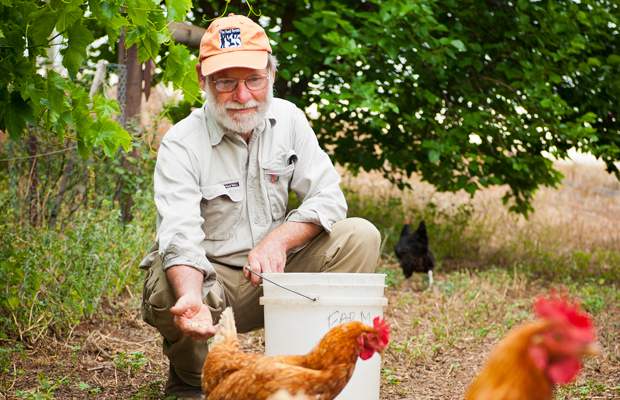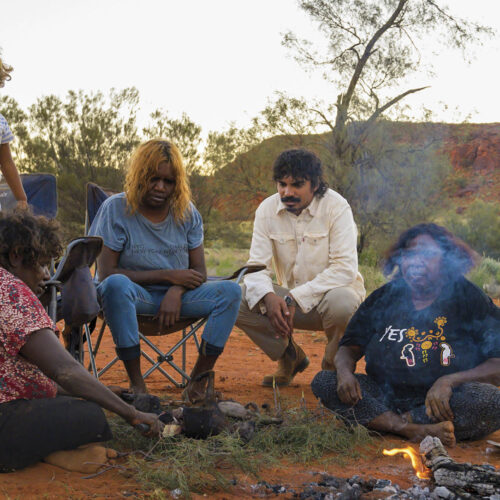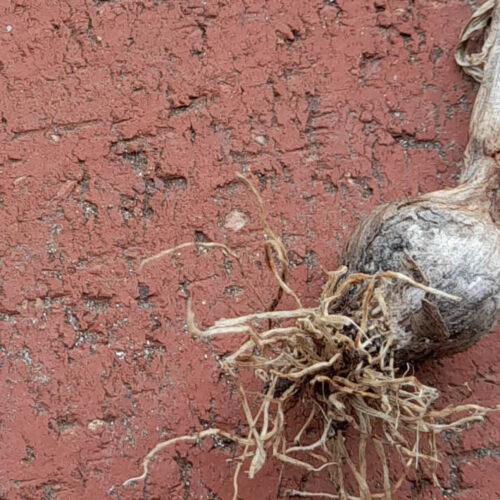Permaculture for life
2013-11-11T22:13:37+11:00
With a feature on permaculture appearing in an upcoming edition of Organic Gardener, editor STEVE PAYNE reflects on how he first discovered the design concept.
When I first moved from Sydney to the Northern Rivers of New South Wales, back in 1989, I was following the call of permaculture. Not long before I’d been travelling in the region, and further south, and come across Robert Rosen, a pioneer of the ethical investment movement in Australia. I’d sat in Robert’s kitchen and eaten my first tofu and then moved to his library which was stacked with books about positive social change, including permaculture. It is definitely true to say that my visit to Robert’s place was life changing. He suggested I attend the Australian Earthbank conference, which I did, and met a fantastic array of people all keyed up to help change the world for the better – in a genuine way.
Among them were many permaculture people – permaculture being the design concept and philosophy for sustainable food production and living that came to public light in 1978 with the release of Permaculture One, by Bill Mollison and David Holmgren. From that point on, I knew my course in life had an ethical basis to follow and it turns out that most of my journalistic career has been working in the field of environmental journalism, first as editor of the Permaculture International Journal and then as editor of Organic Gardener. Together they make up 21 years of my working life!
As I sometimes say to people who visit my office: “See that bookshelf? That is my life’s work right there!”
Permaculture has come a long way since 1978. I remember doing my permaculture design course in the early 90s just before an international permaculture conference. We had people from all over the world doing it. For various reasons, our lead teacher abandoned the course part way through, but instead of packing up and heading to the beach, we decided to run the course ourselves, drawing on the talent pool among the participants. It was a brilliant course with wonderful friendships formed and an amazing sharing of knowledge. There were greywater reuse specialists, environmental architects, organic farmers and more. You probably wouldn’t get away with that sort of thing now. I do have my criticisms of the way permaculture courses can sometimes fill students with an overwhelming amount of information, but not the skills to implement it, but I can never complain about the world it opened up to me and can open up for you if you explore it to the full.
Graham Brookman from the award-winning Food Forest permaculture farm in South Australia, recently wrote to me saying similar things:
“From a personal perspective, thirty years after my first course with Bill Mollison, I still test solutions to any significant decision against the permaculture ethics and usually don’t need to agonise further. Permaculture has given me a superbly abundant landscape to live in, wise children, a comfortable home and income, a place of responsibility in my community and a capacity to care for the planet and to teach design skills to the generations who follow.”






